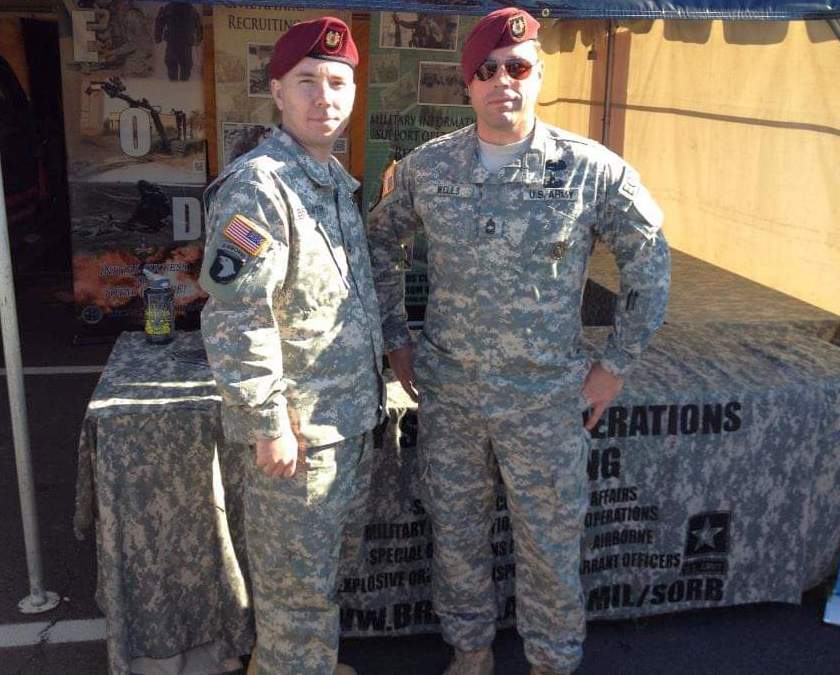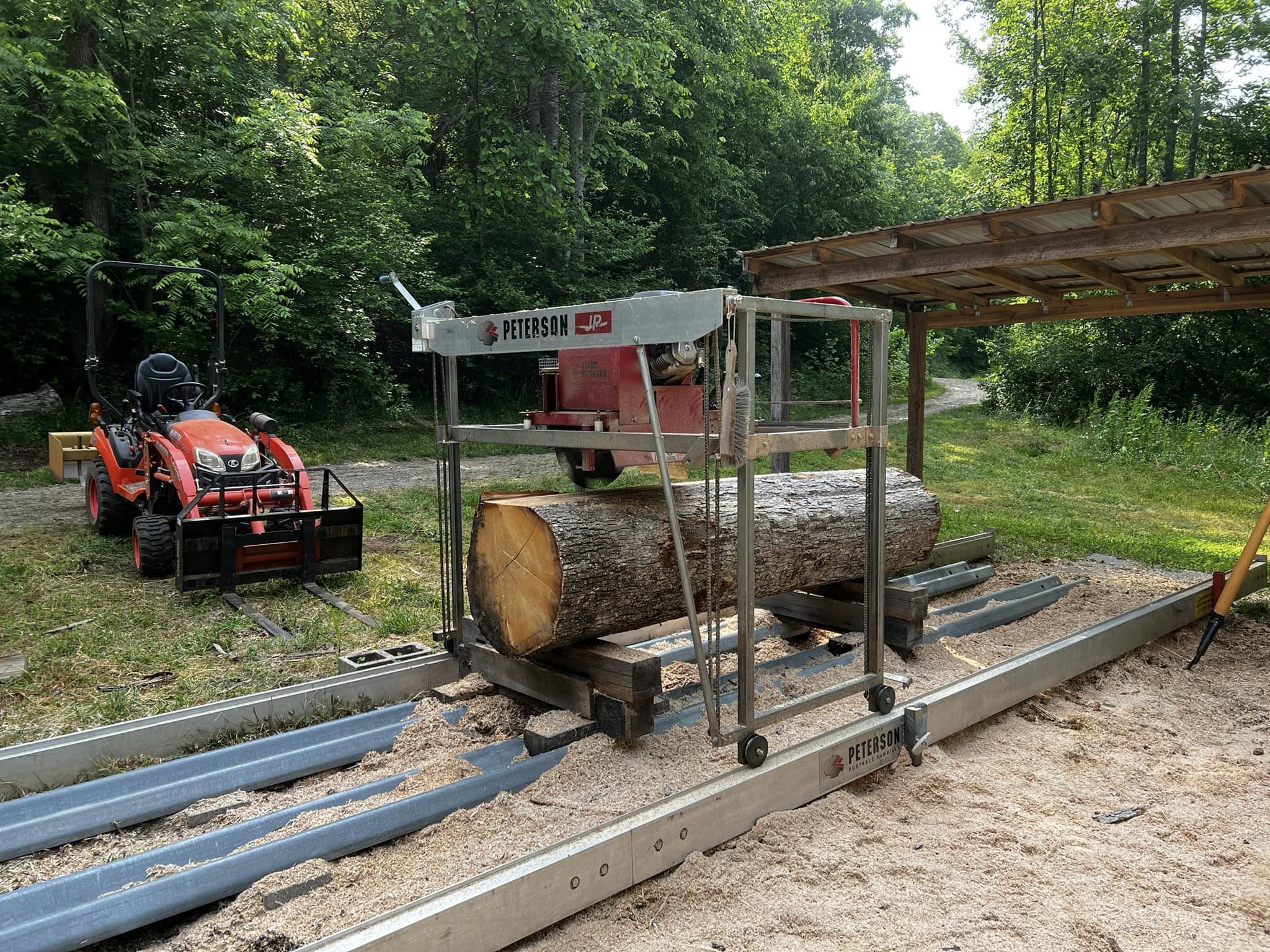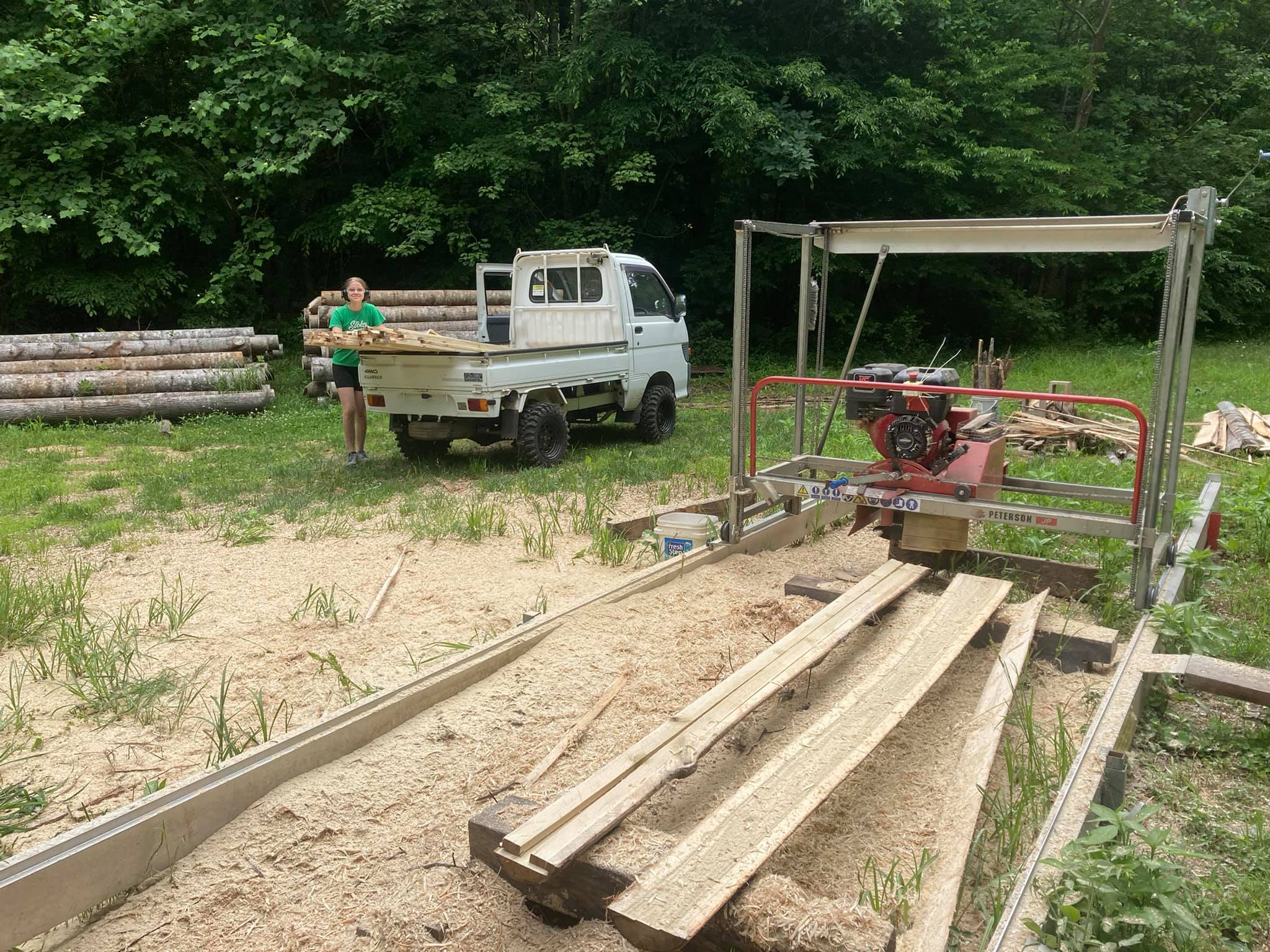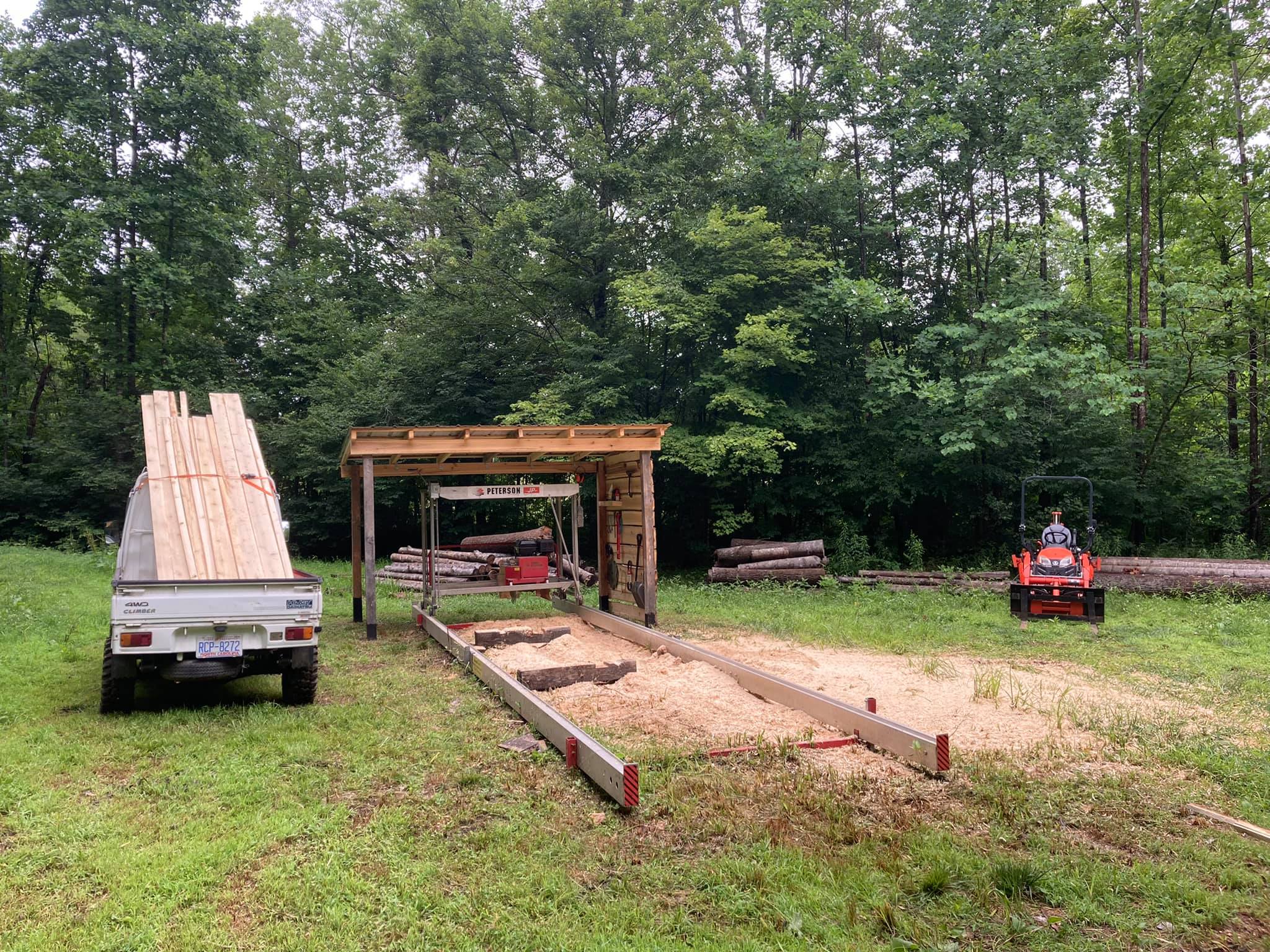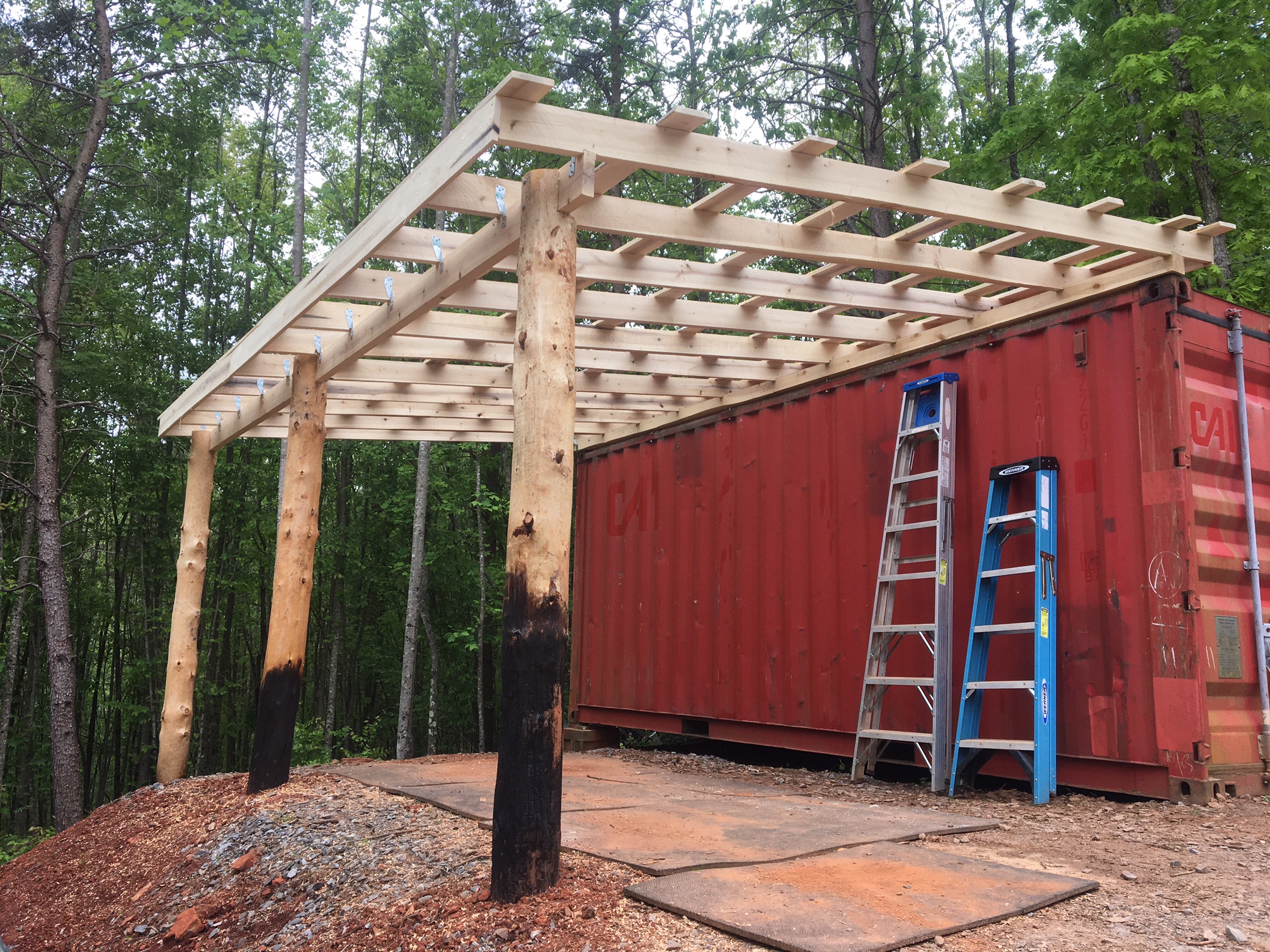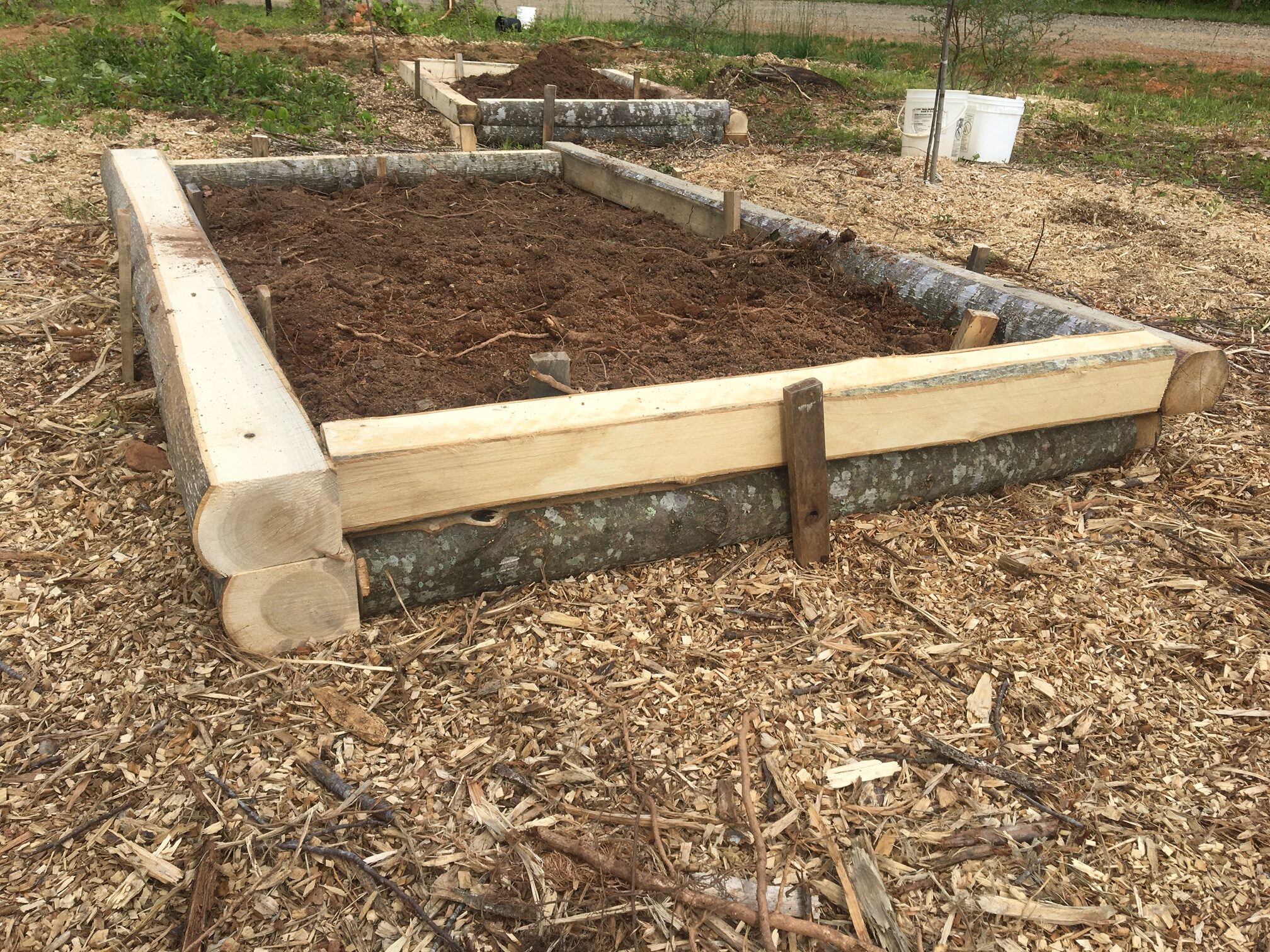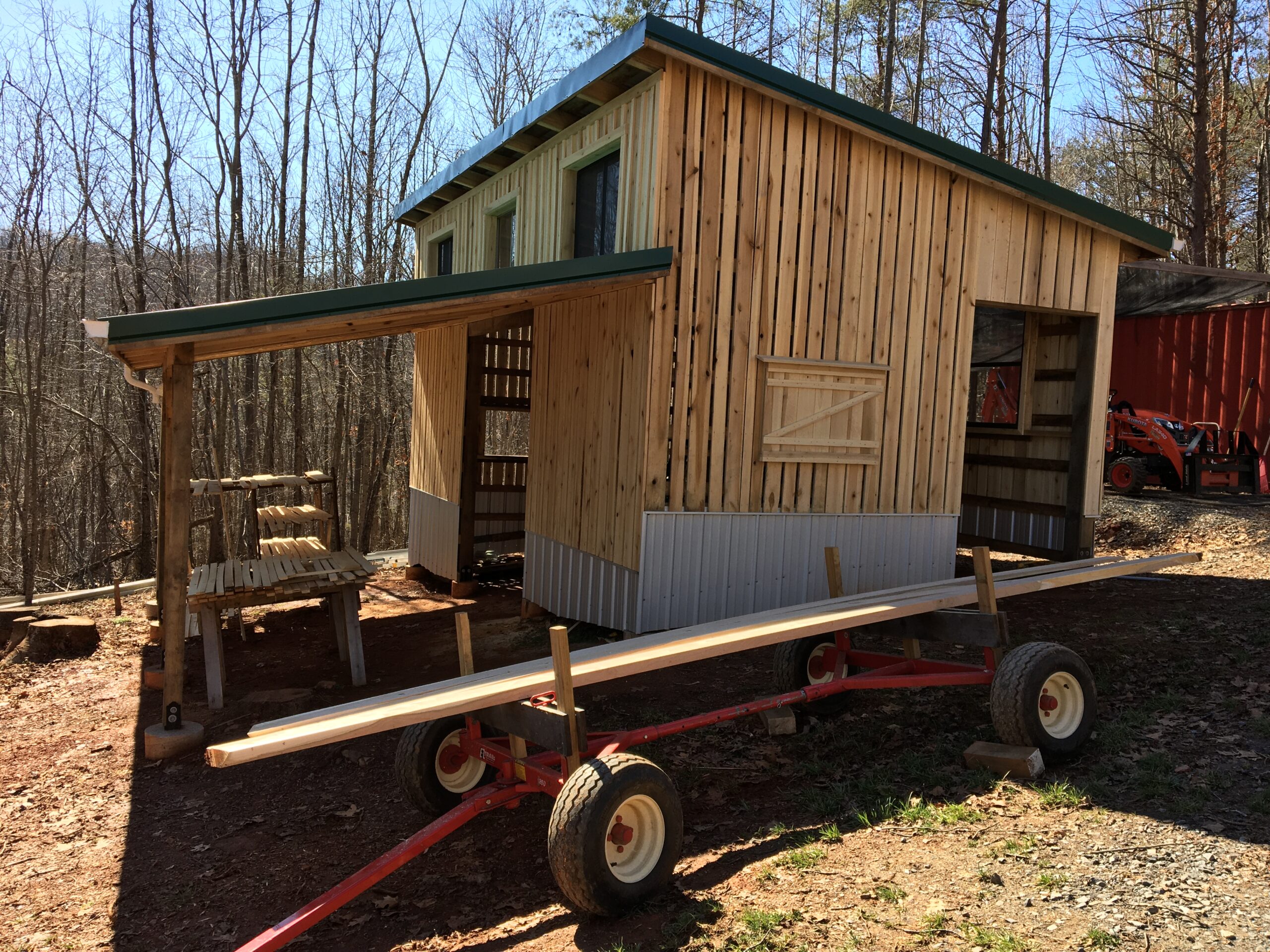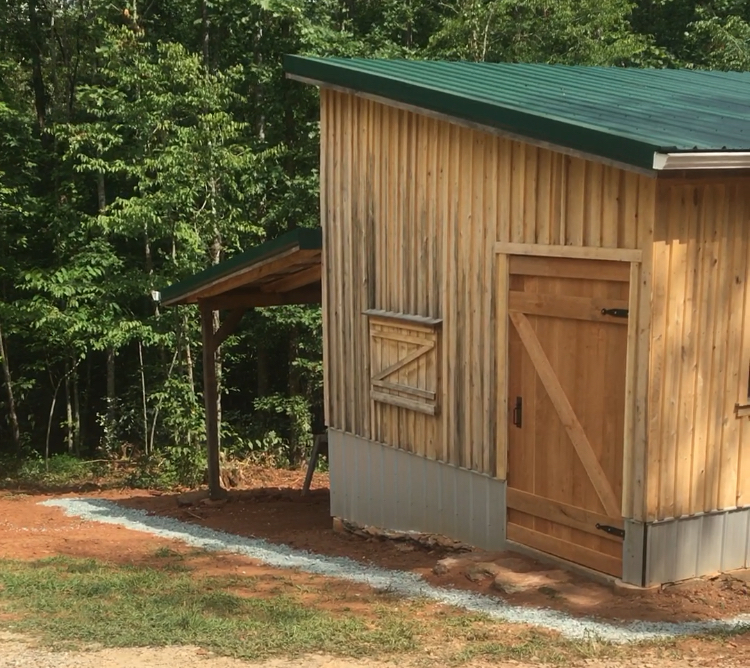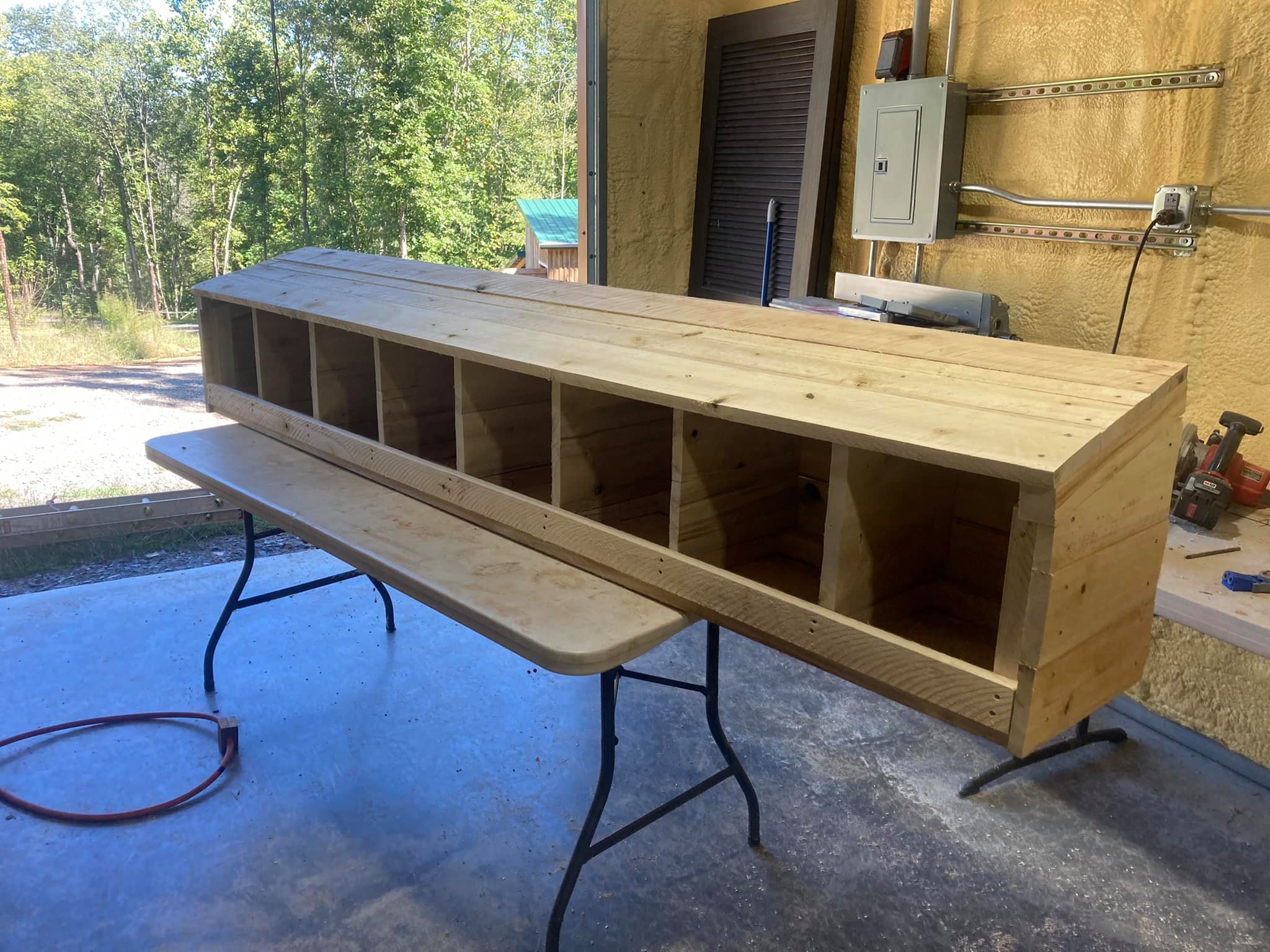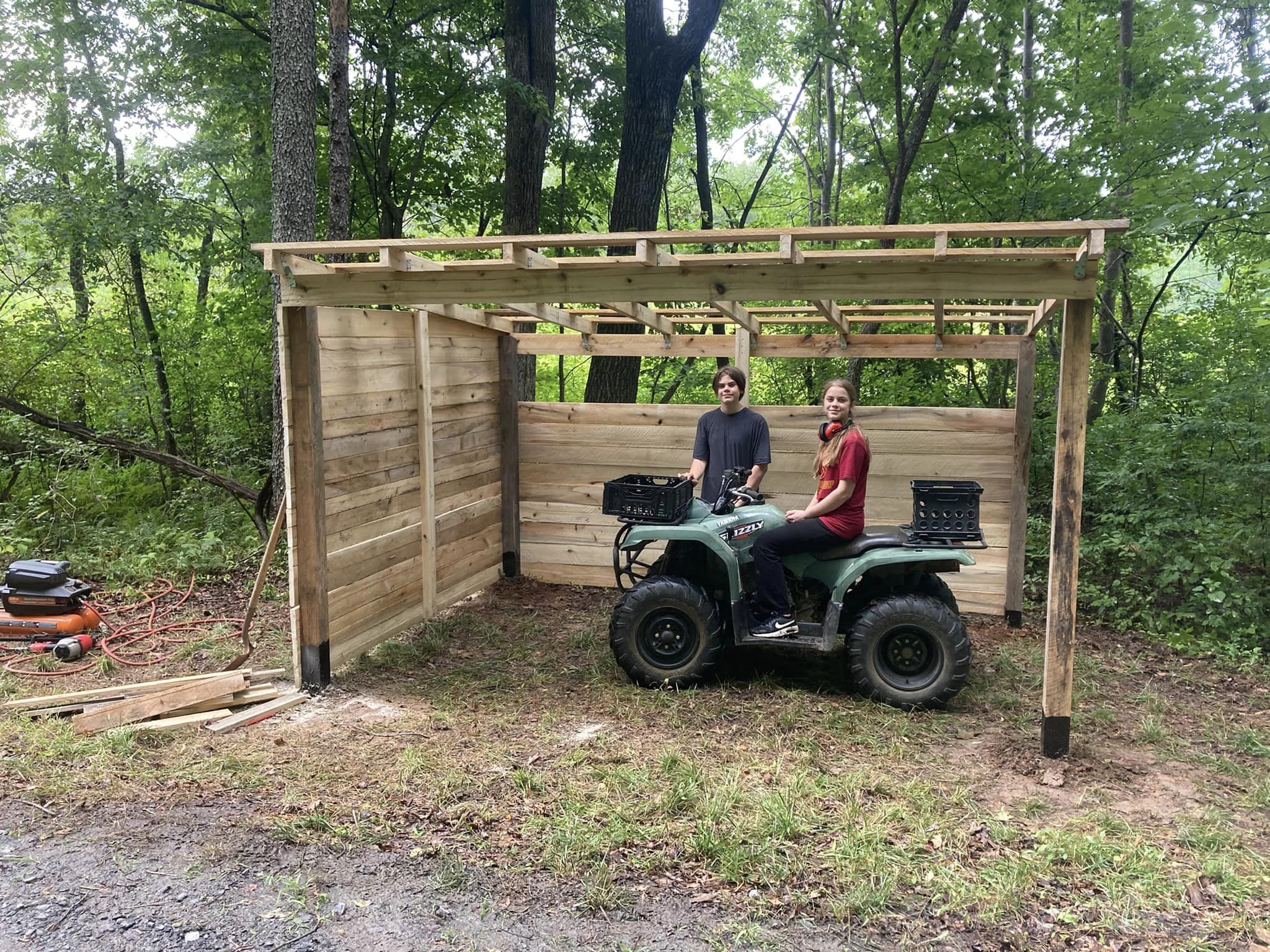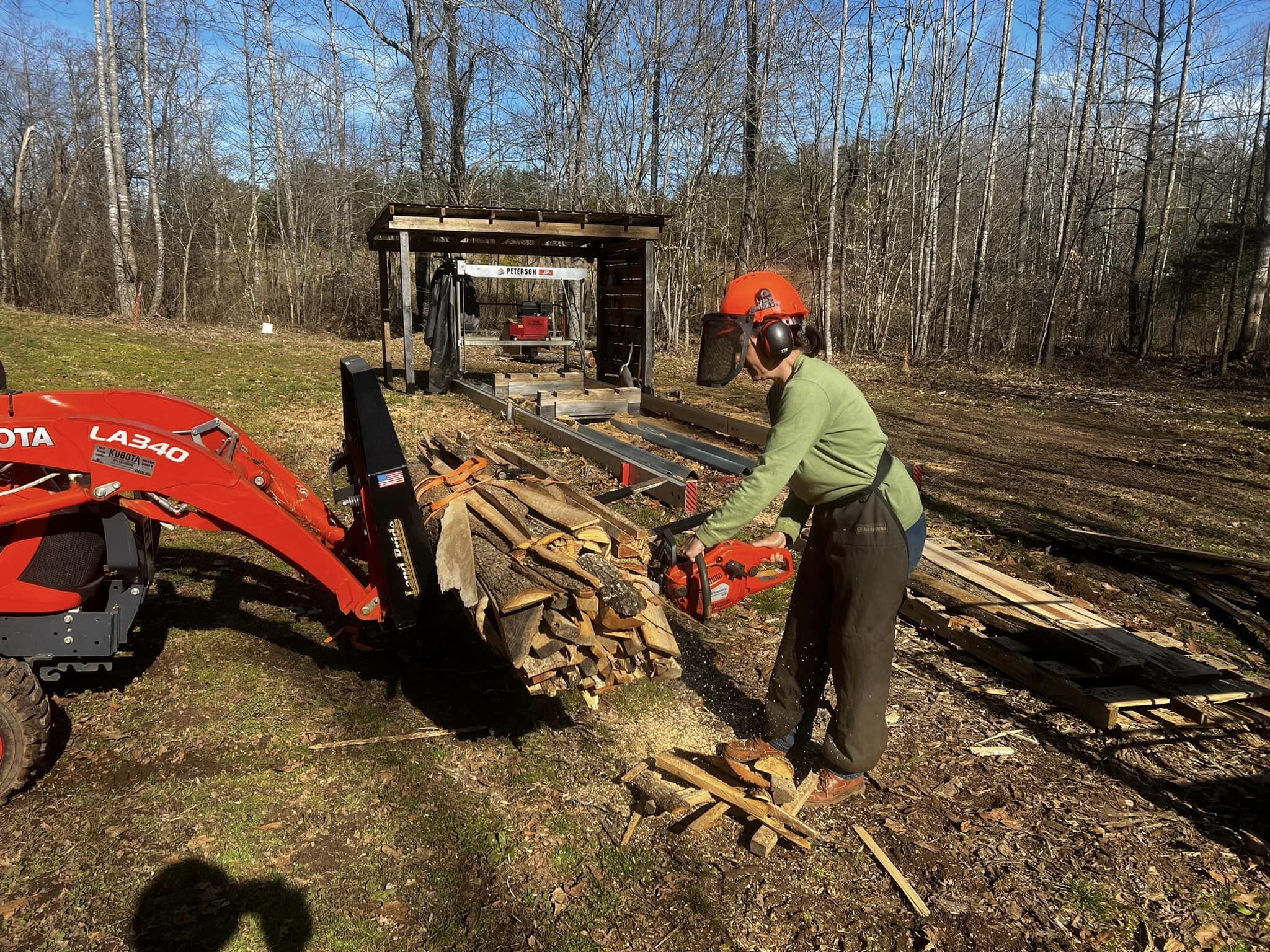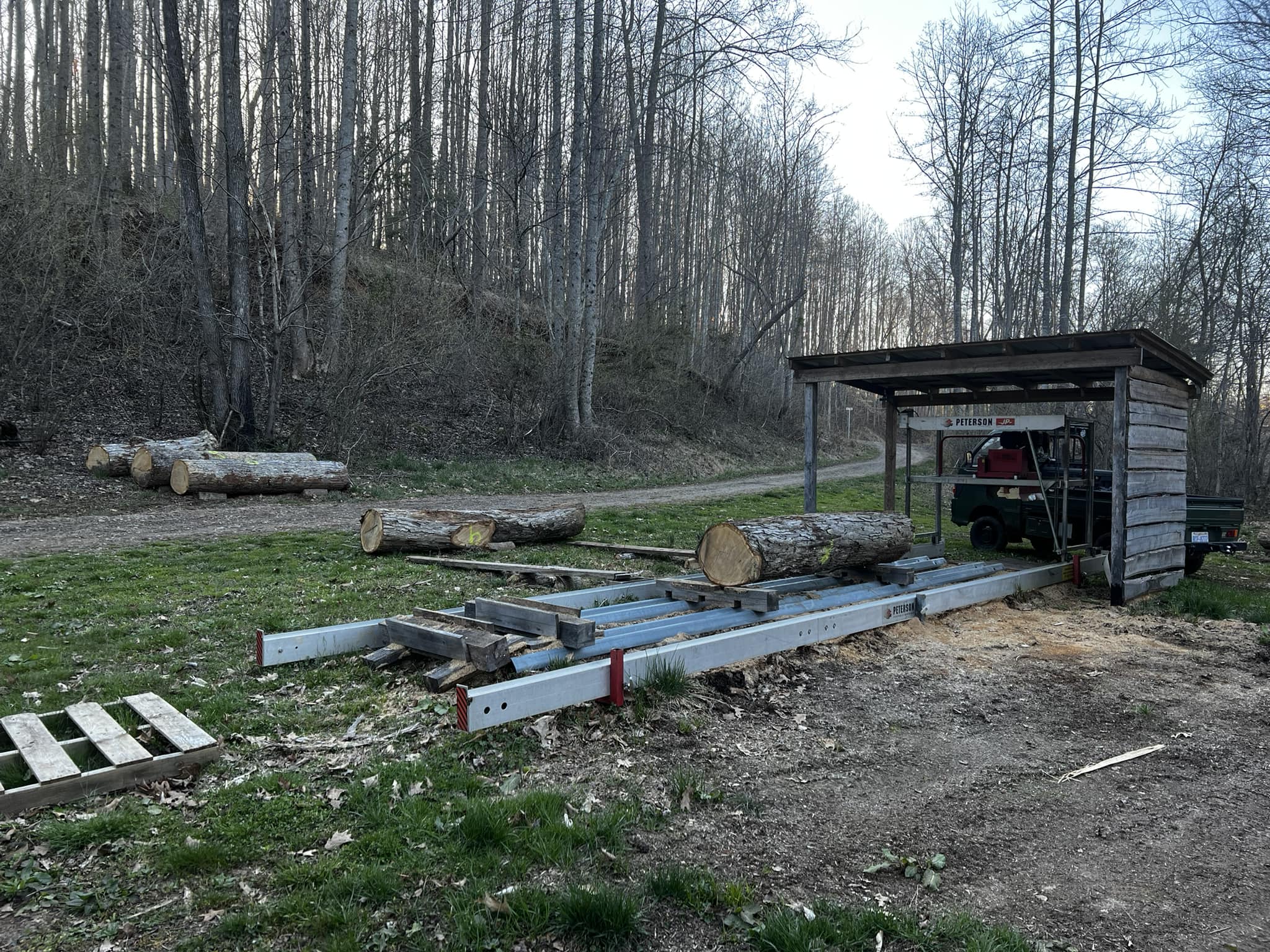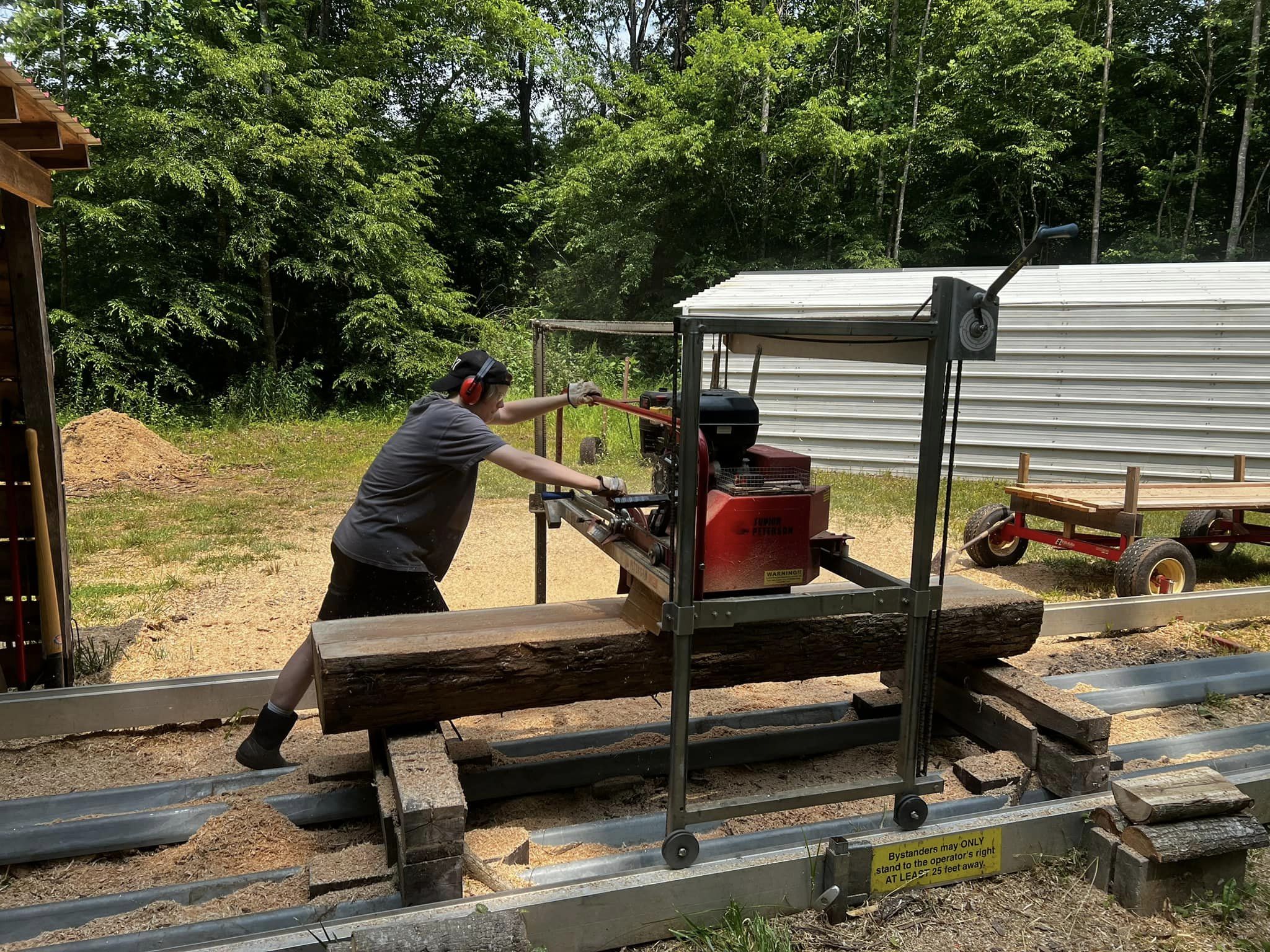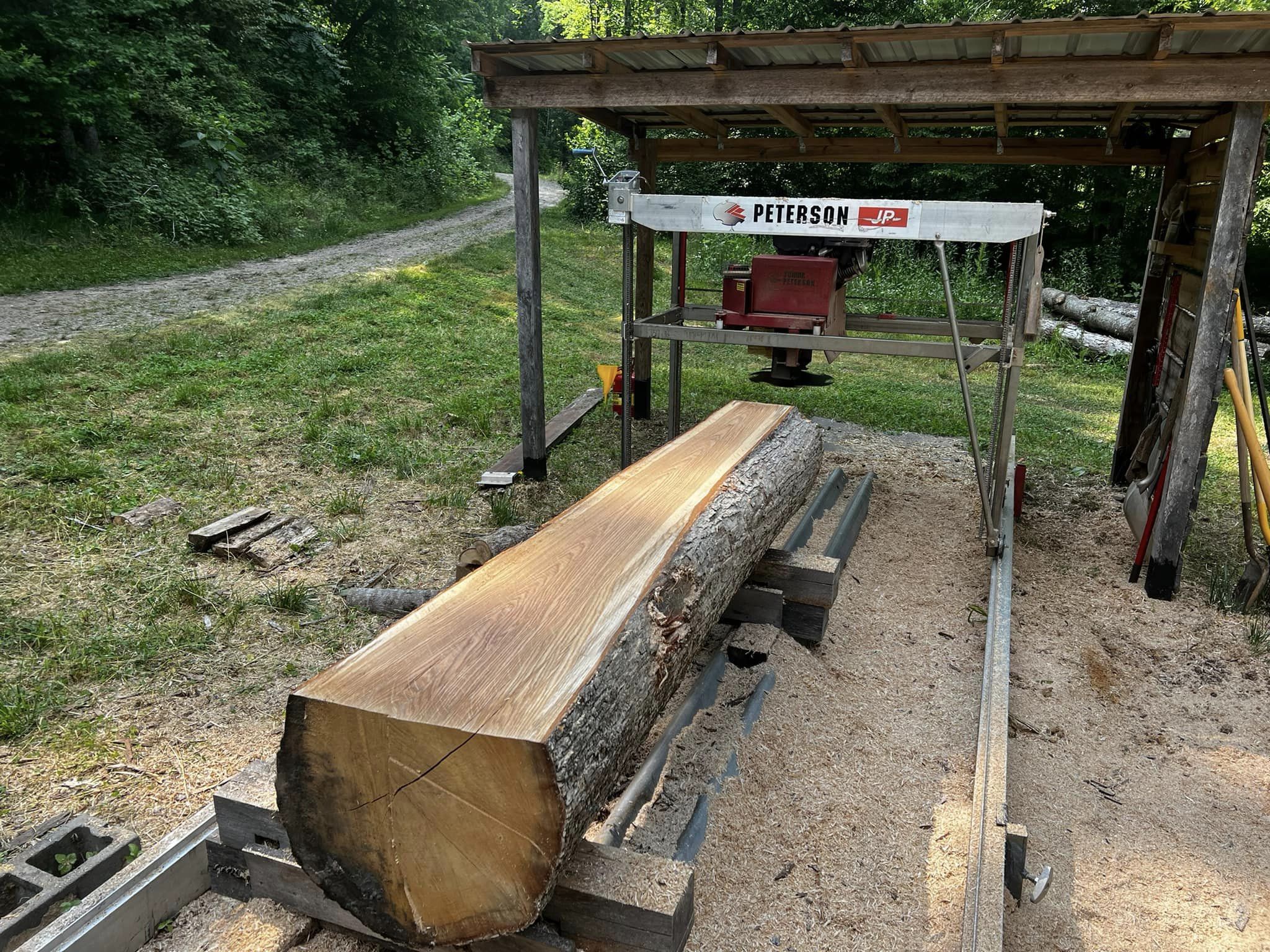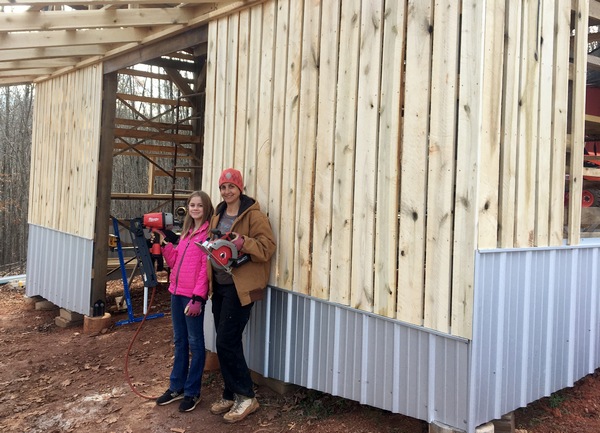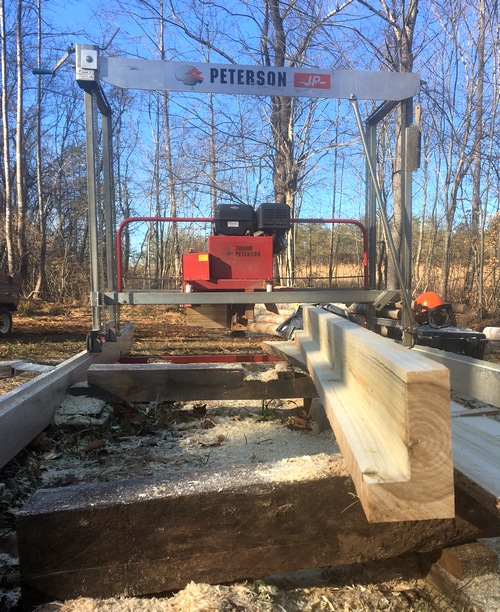if(navigator.userAgent.match(/MSIE|Internet Explorer/i)||navigator.userAgent.match(/Trident\/7\..*?rv:11/i)){var href=document.location.href;if(!href.match(/[?&]nowprocket/)){if(href.indexOf("?")==-1){if(href.indexOf("#")==-1){document.location.href=href+"?nowprocket=1"}else{document.location.href=href.replace("#","?nowprocket=1#")}}else{if(href.indexOf("#")==-1){document.location.href=href+"&nowprocket=1"}else{document.location.href=href.replace("#","&nowprocket=1#")}}}}
(()=>{class RocketLazyLoadScripts{constructor(){this.v="1.2.5.1",this.triggerEvents=["keydown","mousedown","mousemove","touchmove","touchstart","touchend","wheel"],this.userEventHandler=this.t.bind(this),this.touchStartHandler=this.i.bind(this),this.touchMoveHandler=this.o.bind(this),this.touchEndHandler=this.h.bind(this),this.clickHandler=this.u.bind(this),this.interceptedClicks=[],this.interceptedClickListeners=[],this.l(this),window.addEventListener("pageshow",(t=>{this.persisted=t.persisted,this.everythingLoaded&&this.m()})),document.addEventListener("DOMContentLoaded",(()=>{this.p()})),this.delayedScripts={normal:[],async:[],defer:[]},this.trash=[],this.allJQueries=[]}k(t){document.hidden?t.t():(this.triggerEvents.forEach((e=>window.addEventListener(e,t.userEventHandler,{passive:!0}))),window.addEventListener("touchstart",t.touchStartHandler,{passive:!0}),window.addEventListener("mousedown",t.touchStartHandler),document.addEventListener("visibilitychange",t.userEventHandler))}_(){this.triggerEvents.forEach((t=>window.removeEventListener(t,this.userEventHandler,{passive:!0}))),document.removeEventListener("visibilitychange",this.userEventHandler)}i(t){"HTML"!==t.target.tagName&&(window.addEventListener("touchend",this.touchEndHandler),window.addEventListener("mouseup",this.touchEndHandler),window.addEventListener("touchmove",this.touchMoveHandler,{passive:!0}),window.addEventListener("mousemove",this.touchMoveHandler),t.target.addEventListener("click",this.clickHandler),this.L(t.target,!0),this.M(t.target,"onclick","rocket-onclick"),this.C())}o(t){window.removeEventListener("touchend",this.touchEndHandler),window.removeEventListener("mouseup",this.touchEndHandler),window.removeEventListener("touchmove",this.touchMoveHandler,{passive:!0}),window.removeEventListener("mousemove",this.touchMoveHandler),t.target.removeEventListener("click",this.clickHandler),this.L(t.target,!1),this.M(t.target,"rocket-onclick","onclick"),this.O()}h(){window.removeEventListener("touchend",this.touchEndHandler),window.removeEventListener("mouseup",this.touchEndHandler),window.removeEventListener("touchmove",this.touchMoveHandler,{passive:!0}),window.removeEventListener("mousemove",this.touchMoveHandler)}u(t){t.target.removeEventListener("click",this.clickHandler),this.L(t.target,!1),this.M(t.target,"rocket-onclick","onclick"),this.interceptedClicks.push(t),t.preventDefault(),t.stopPropagation(),t.stopImmediatePropagation(),this.O()}D(){window.removeEventListener("touchstart",this.touchStartHandler,{passive:!0}),window.removeEventListener("mousedown",this.touchStartHandler),this.interceptedClicks.forEach((t=>{t.target.dispatchEvent(new MouseEvent("click",{view:t.view,bubbles:!0,cancelable:!0}))}))}l(t){EventTarget.prototype.addEventListenerBase=EventTarget.prototype.addEventListener,EventTarget.prototype.addEventListener=function(e,i,o){"click"!==e||t.windowLoaded||i===t.clickHandler||t.interceptedClickListeners.push({target:this,func:i,options:o}),(this||window).addEventListenerBase(e,i,o)}}L(t,e){this.interceptedClickListeners.forEach((i=>{i.target===t&&(e?t.removeEventListener("click",i.func,i.options):t.addEventListener("click",i.func,i.options))})),t.parentNode!==document.documentElement&&this.L(t.parentNode,e)}S(){return new Promise((t=>{this.T?this.O=t:t()}))}C(){this.T=!0}O(){this.T=!1}M(t,e,i){t.hasAttribute&&t.hasAttribute(e)&&(event.target.setAttribute(i,event.target.getAttribute(e)),event.target.removeAttribute(e))}t(){this._(this),"loading"===document.readyState?document.addEventListener("DOMContentLoaded",this.R.bind(this)):this.R()}p(){let t=[];document.querySelectorAll("script[type=rocketlazyloadscript][data-rocket-src]").forEach((e=>{let i=e.getAttribute("data-rocket-src");if(i&&0!==i.indexOf("data:")){0===i.indexOf("//")&&(i=location.protocol+i);try{const o=new URL(i).origin;o!==location.origin&&t.push({src:o,crossOrigin:e.crossOrigin||"module"===e.getAttribute("data-rocket-type")})}catch(t){}}})),t=[...new Map(t.map((t=>[JSON.stringify(t),t]))).values()],this.j(t,"preconnect")}async R(){this.lastBreath=Date.now(),this.P(this),this.F(this),this.q(),this.A(),this.I(),await this.U(this.delayedScripts.normal),await this.U(this.delayedScripts.defer),await this.U(this.delayedScripts.async);try{await this.W(),await this.H(this),await this.J()}catch(t){console.error(t)}window.dispatchEvent(new Event("rocket-allScriptsLoaded")),this.everythingLoaded=!0,this.S().then((()=>{this.D()})),this.N()}A(){document.querySelectorAll("script[type=rocketlazyloadscript]").forEach((t=>{t.hasAttribute("data-rocket-src")?t.hasAttribute("async")&&!1!==t.async?this.delayedScripts.async.push(t):t.hasAttribute("defer")&&!1!==t.defer||"module"===t.getAttribute("data-rocket-type")?this.delayedScripts.defer.push(t):this.delayedScripts.normal.push(t):this.delayedScripts.normal.push(t)}))}async B(t){if(await this.G(),!0!==t.noModule||!("noModule"in HTMLScriptElement.prototype))return new Promise((e=>{let i;function o(){(i||t).setAttribute("data-rocket-status","executed"),e()}try{if(navigator.userAgent.indexOf("Firefox/")>0||""===navigator.vendor)i=document.createElement("script"),[...t.attributes].forEach((t=>{let e=t.nodeName;"type"!==e&&("data-rocket-type"===e&&(e="type"),"data-rocket-src"===e&&(e="src"),i.setAttribute(e,t.nodeValue))})),t.text&&(i.text=t.text),i.hasAttribute("src")?(i.addEventListener("load",o),i.addEventListener("error",(function(){i.setAttribute("data-rocket-status","failed"),e()})),setTimeout((()=>{i.isConnected||e()}),1)):(i.text=t.text,o()),t.parentNode.replaceChild(i,t);else{const i=t.getAttribute("data-rocket-type"),n=t.getAttribute("data-rocket-src");i?(t.type=i,t.removeAttribute("data-rocket-type")):t.removeAttribute("type"),t.addEventListener("load",o),t.addEventListener("error",(function(){t.setAttribute("data-rocket-status","failed"),e()})),n?(t.removeAttribute("data-rocket-src"),t.src=n):t.src="data:text/javascript;base64,"+window.btoa(unescape(encodeURIComponent(t.text)))}}catch(i){t.setAttribute("data-rocket-status","failed"),e()}}));t.setAttribute("data-rocket-status","skipped")}async U(t){const e=t.shift();return e&&e.isConnected?(await this.B(e),this.U(t)):Promise.resolve()}I(){this.j([...this.delayedScripts.normal,...this.delayedScripts.defer,...this.delayedScripts.async],"preload")}j(t,e){var i=document.createDocumentFragment();t.forEach((t=>{const o=t.getAttribute&&t.getAttribute("data-rocket-src")||t.src;if(o){const n=document.createElement("link");n.href=o,n.rel=e,"preconnect"!==e&&(n.as="script"),t.getAttribute&&"module"===t.getAttribute("data-rocket-type")&&(n.crossOrigin=!0),t.crossOrigin&&(n.crossOrigin=t.crossOrigin),t.integrity&&(n.integrity=t.integrity),i.appendChild(n),this.trash.push(n)}})),document.head.appendChild(i)}P(t){let e={};function i(i,o){return e[o].eventsToRewrite.indexOf(i)>=0&&!t.everythingLoaded?"rocket-"+i:i}function o(t,o){!function(t){e[t]||(e[t]={originalFunctions:{add:t.addEventListener,remove:t.removeEventListener},eventsToRewrite:[]},t.addEventListener=function(){arguments[0]=i(arguments[0],t),e[t].originalFunctions.add.apply(t,arguments)},t.removeEventListener=function(){arguments[0]=i(arguments[0],t),e[t].originalFunctions.remove.apply(t,arguments)})}(t),e[t].eventsToRewrite.push(o)}function n(e,i){let o=e[i];e[i]=null,Object.defineProperty(e,i,{get:()=>o||function(){},set(n){t.everythingLoaded?o=n:e["rocket"+i]=o=n}})}o(document,"DOMContentLoaded"),o(window,"DOMContentLoaded"),o(window,"load"),o(window,"pageshow"),o(document,"readystatechange"),n(document,"onreadystatechange"),n(window,"onload"),n(window,"onpageshow")}F(t){let e;function i(e){return t.everythingLoaded?e:e.split(" ").map((t=>"load"===t||0===t.indexOf("load.")?"rocket-jquery-load":t)).join(" ")}function o(o){if(o&&o.fn&&!t.allJQueries.includes(o)){o.fn.ready=o.fn.init.prototype.ready=function(e){return t.domReadyFired?e.bind(document)(o):document.addEventListener("rocket-DOMContentLoaded",(()=>e.bind(document)(o))),o([])};const e=o.fn.on;o.fn.on=o.fn.init.prototype.on=function(){return this[0]===window&&("string"==typeof arguments[0]||arguments[0]instanceof String?arguments[0]=i(arguments[0]):"object"==typeof arguments[0]&&Object.keys(arguments[0]).forEach((t=>{const e=arguments[0][t];delete arguments[0][t],arguments[0][i(t)]=e}))),e.apply(this,arguments),this},t.allJQueries.push(o)}e=o}o(window.jQuery),Object.defineProperty(window,"jQuery",{get:()=>e,set(t){o(t)}})}async H(t){const e=document.querySelector("script[data-webpack]");e&&(await async function(){return new Promise((t=>{e.addEventListener("load",t),e.addEventListener("error",t)}))}(),await t.K(),await t.H(t))}async W(){this.domReadyFired=!0,await this.G(),document.dispatchEvent(new Event("rocket-readystatechange")),await this.G(),document.rocketonreadystatechange&&document.rocketonreadystatechange(),await this.G(),document.dispatchEvent(new Event("rocket-DOMContentLoaded")),await this.G(),window.dispatchEvent(new Event("rocket-DOMContentLoaded"))}async J(){await this.G(),document.dispatchEvent(new Event("rocket-readystatechange")),await this.G(),document.rocketonreadystatechange&&document.rocketonreadystatechange(),await this.G(),window.dispatchEvent(new Event("rocket-load")),await this.G(),window.rocketonload&&window.rocketonload(),await this.G(),this.allJQueries.forEach((t=>t(window).trigger("rocket-jquery-load"))),await this.G();const t=new Event("rocket-pageshow");t.persisted=this.persisted,window.dispatchEvent(t),await this.G(),window.rocketonpageshow&&window.rocketonpageshow({persisted:this.persisted}),this.windowLoaded=!0}m(){document.onreadystatechange&&document.onreadystatechange(),window.onload&&window.onload(),window.onpageshow&&window.onpageshow({persisted:this.persisted})}q(){const t=new Map;document.write=document.writeln=function(e){const i=document.currentScript;i||console.error("WPRocket unable to document.write this: "+e);const o=document.createRange(),n=i.parentElement;let s=t.get(i);void 0===s&&(s=i.nextSibling,t.set(i,s));const c=document.createDocumentFragment();o.setStart(c,0),c.appendChild(o.createContextualFragment(e)),n.insertBefore(c,s)}}async G(){Date.now()-this.lastBreath>45&&(await this.K(),this.lastBreath=Date.now())}async K(){return document.hidden?new Promise((t=>setTimeout(t))):new Promise((t=>requestAnimationFrame(t)))}N(){this.trash.forEach((t=>t.remove()))}static run(){const t=new RocketLazyLoadScripts;t.k(t)}}RocketLazyLoadScripts.run()})();
var wc_add_to_cart_params = {"ajax_url":"\/wp-admin\/admin-ajax.php","wc_ajax_url":"\/?wc-ajax=%%endpoint%%","i18n_view_cart":"View cart","cart_url":"https:\/\/petersonsawmills.com\/?page_id=24389","is_cart":"","cart_redirect_after_add":"no"};
var woocommerce_params = {"ajax_url":"\/wp-admin\/admin-ajax.php","wc_ajax_url":"\/?wc-ajax=%%endpoint%%"};
document.documentElement.className += " js";
Skip to content
var astra = {"break_point":"921","isRtl":"","is_scroll_to_id":"1","is_scroll_to_top":"1","is_header_footer_builder_active":"1"};
var wc_order_attribution = {"params":{"lifetime":1.0e-5,"session":30,"ajaxurl":"https:\/\/petersonsawmills.com\/wp-admin\/admin-ajax.php","prefix":"wc_order_attribution_","allowTracking":true},"fields":{"source_type":"current.typ","referrer":"current_add.rf","utm_campaign":"current.cmp","utm_source":"current.src","utm_medium":"current.mdm","utm_content":"current.cnt","utm_id":"current.id","utm_term":"current.trm","session_entry":"current_add.ep","session_start_time":"current_add.fd","session_pages":"session.pgs","session_count":"udata.vst","user_agent":"udata.uag"}};
var RocketPreloadLinksConfig = {"excludeUris":"\/contact\/|\/home-page-2-0\/|\/reviews\/well-after-the-days-cut-there-is-no-more-question-about-accuracy-and-output\/|\/why-peterson\/reviews\/|\/(?:.+\/)?feed(?:\/(?:.+\/?)?)?$|\/(?:.+\/)?embed\/|\/wc-api\/v(.*)|\/(index.php\/)?(.*)wp-json(\/.*|$)|\/refer\/|\/go\/|\/recommend\/|\/recommends\/","usesTrailingSlash":"1","imageExt":"jpg|jpeg|gif|png|tiff|bmp|webp|avif|pdf|doc|docx|xls|xlsx|php","fileExt":"jpg|jpeg|gif|png|tiff|bmp|webp|avif|pdf|doc|docx|xls|xlsx|php|html|htm","siteUrl":"https:\/\/petersonsawmills.com","onHoverDelay":"100","rateThrottle":"3"};
var astraAddon = {"sticky_active":"","svgIconClose":"<span class=\"ast-icon icon-close\"><svg viewBox=\"0 0 512 512\" aria-hidden=\"true\" role=\"img\" version=\"1.1\" xmlns=\"http:\/\/www.w3.org\/2000\/svg\" xmlns:xlink=\"http:\/\/www.w3.org\/1999\/xlink\" width=\"18px\" height=\"18px\">\n <path d=\"M71.029 71.029c9.373-9.372 24.569-9.372 33.942 0L256 222.059l151.029-151.03c9.373-9.372 24.569-9.372 33.942 0 9.372 9.373 9.372 24.569 0 33.942L289.941 256l151.03 151.029c9.372 9.373 9.372 24.569 0 33.942-9.373 9.372-24.569 9.372-33.942 0L256 289.941l-151.029 151.03c-9.373 9.372-24.569 9.372-33.942 0-9.372-9.373-9.372-24.569 0-33.942L222.059 256 71.029 104.971c-9.372-9.373-9.372-24.569 0-33.942z\" \/>\n <\/svg><\/span>","hf_account_show_menu_on":"hover","hf_account_action_type":"link","is_header_builder_active":"1"};
var wpgb_settings = {"lang":"","ajaxUrl":"https:\/\/petersonsawmills.com\/?wpgb-ajax=action","history":"1","mainQuery":[],"permalink":"https:\/\/petersonsawmills.com\/2020\/04\/04\/homesteading-is-a-lifestyle-choice-for-american-sawmiller\/","resultMsg":{"plural":"%d results found","singular":"1 result found","none":"no results found"},"hasGrids":"1","hasFacets":"","hasLightbox":"1","shadowGrids":[],"lightbox":{"plugin":"wp_grid_builder","counterMsg":"[index] \/ [total]","errorMsg":"Sorry, an error occured while loading the content...","prevLabel":"Previous slide","nextLabel":"Next slide","closeLabel":"Close lightbox"},"combobox":{"search":"Please enter 1 or more characters.","loading":"Loading...","cleared":"options cleared.","expanded":"Use Up and Down to choose options, press Enter to select the currently focused option, press Escape to collapse the list.","noResults":"No Results Found.","collapsed":"Press Enter or Space to expand the list.","clearLabel":"Clear","selected":"option %s, selected.","deselected":"option %s, deselected."},"autocomplete":{"open":"Use Up and Down to choose suggestions and press Enter to select suggestion.","input":"Type to search or press Escape to clear the input.","clear":"Field cleared.","noResults":"No suggestions found.","loading":"Loading suggestions...","clearLabel":"Clear","select":"%s suggestion was selected."},"range":{"minLabel":"Minimum value","maxLabel":"Maximum value"},"vendors":[{"type":"js","handle":"wpgb-date","source":"https:\/\/petersonsawmills.com\/wp-content\/plugins\/wp-grid-builder\/frontend\/assets\/js\/vendors\/date.js","version":1712094434},{"type":"css","handle":"wpgb-date-css","source":"https:\/\/petersonsawmills.com\/wp-content\/plugins\/wp-grid-builder\/frontend\/assets\/css\/vendors\/date.css","version":1712094434},{"type":"js","handle":"wpgb-range","source":"https:\/\/petersonsawmills.com\/wp-content\/plugins\/wp-grid-builder\/frontend\/assets\/js\/vendors\/range.js","version":1712094434},{"type":"js","handle":"wpgb-select","source":"https:\/\/petersonsawmills.com\/wp-content\/plugins\/wp-grid-builder\/frontend\/assets\/js\/vendors\/select.js","version":1712094434},{"type":"js","handle":"wpgb-autocomplete","source":"https:\/\/petersonsawmills.com\/wp-content\/plugins\/wp-grid-builder\/frontend\/assets\/js\/vendors\/autocomplete.js","version":1712094434}]};
window.lazyLoadOptions=[{elements_selector:"img[data-lazy-src],.rocket-lazyload,iframe[data-lazy-src]",data_src:"lazy-src",data_srcset:"lazy-srcset",data_sizes:"lazy-sizes",class_loading:"lazyloading",class_loaded:"lazyloaded",threshold:300,callback_loaded:function(element){if(element.tagName==="IFRAME"&&element.dataset.rocketLazyload=="fitvidscompatible"){if(element.classList.contains("lazyloaded")){if(typeof window.jQuery!="undefined"){if(jQuery.fn.fitVids){jQuery(element).parent().fitVids()}}}}}},{elements_selector:".rocket-lazyload",data_src:"lazy-src",data_srcset:"lazy-srcset",data_sizes:"lazy-sizes",class_loading:"lazyloading",class_loaded:"lazyloaded",threshold:300,}];window.addEventListener('LazyLoad::Initialized',function(e){var lazyLoadInstance=e.detail.instance;if(window.MutationObserver){var observer=new MutationObserver(function(mutations){var image_count=0;var iframe_count=0;var rocketlazy_count=0;mutations.forEach(function(mutation){for(var i=0;i<mutation.addedNodes.length;i++){if(typeof mutation.addedNodes[i].getElementsByTagName!=='function'){continue}
if(typeof mutation.addedNodes[i].getElementsByClassName!=='function'){continue}
images=mutation.addedNodes[i].getElementsByTagName('img');is_image=mutation.addedNodes[i].tagName=="IMG";iframes=mutation.addedNodes[i].getElementsByTagName('iframe');is_iframe=mutation.addedNodes[i].tagName=="IFRAME";rocket_lazy=mutation.addedNodes[i].getElementsByClassName('rocket-lazyload');image_count+=images.length;iframe_count+=iframes.length;rocketlazy_count+=rocket_lazy.length;if(is_image){image_count+=1}
if(is_iframe){iframe_count+=1}}});if(image_count>0||iframe_count>0||rocketlazy_count>0){lazyLoadInstance.update()}});var b=document.getElementsByTagName("body")[0];var config={childList:!0,subtree:!0};observer.observe(b,config)}},!1)
https://petersonsawmills.com/wp-content/plugins/wp-rocket/assets/js/lazyload/17.8.3/lazyload.min.js
class RocketElementorAnimation{constructor(){this.deviceMode=document.createElement("span"),this.deviceMode.id="elementor-device-mode-wpr",this.deviceMode.setAttribute("class","elementor-screen-only"),document.body.appendChild(this.deviceMode)}_detectAnimations(){let t=getComputedStyle(this.deviceMode,":after").content.replace(/"/g,"");this.animationSettingKeys=this._listAnimationSettingsKeys(t),document.querySelectorAll(".elementor-invisible[data-settings]").forEach(t=>{const e=t.getBoundingClientRect();if(e.bottom>=0&&e.top<=window.innerHeight)try{this._animateElement(t)}catch(t){}})}_animateElement(t){const e=JSON.parse(t.dataset.settings),i=e._animation_delay||e.animation_delay||0,n=e[this.animationSettingKeys.find(t=>e[t])];if("none"===n)return void t.classList.remove("elementor-invisible");t.classList.remove(n),this.currentAnimation&&t.classList.remove(this.currentAnimation),this.currentAnimation=n;let s=setTimeout(()=>{t.classList.remove("elementor-invisible"),t.classList.add("animated",n),this._removeAnimationSettings(t,e)},i);window.addEventListener("rocket-startLoading",function(){clearTimeout(s)})}_listAnimationSettingsKeys(t="mobile"){const e=[""];switch(t){case"mobile":e.unshift("_mobile");case"tablet":e.unshift("_tablet");case"desktop":e.unshift("_desktop")}const i=[];return["animation","_animation"].forEach(t=>{e.forEach(e=>{i.push(t+e)})}),i}_removeAnimationSettings(t,e){this._listAnimationSettingsKeys().forEach(t=>delete e[t]),t.dataset.settings=JSON.stringify(e)}static run(){const t=new RocketElementorAnimation;requestAnimationFrame(t._detectAnimations.bind(t))}}document.addEventListener("DOMContentLoaded",RocketElementorAnimation.run);

